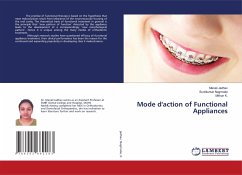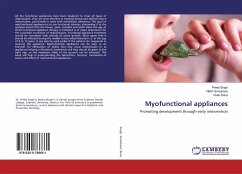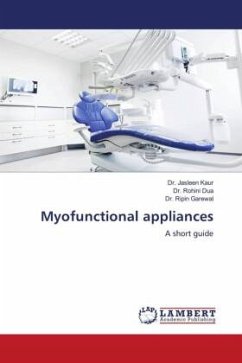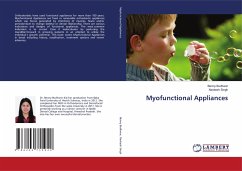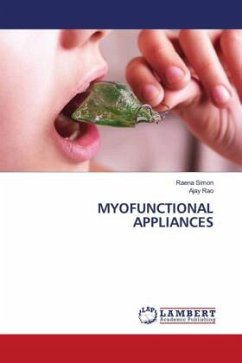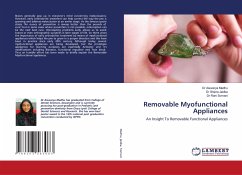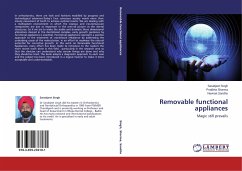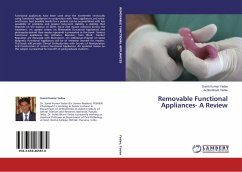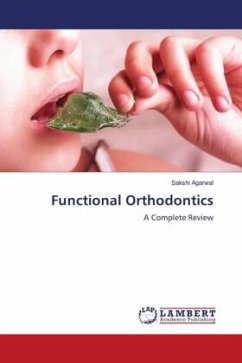
Functional Orthodontics
A Complete Review
Versandkostenfrei!
Versandfertig in 6-10 Tagen
53,99 €
inkl. MwSt.

PAYBACK Punkte
27 °P sammeln!
Functional appliance therapy has become a generally accepted method to treat moderate to sever discrepancies of sagittal jaw relations in growing individuals. It has its greatest application and success in class II malocclusions. The growth direction, the growth amount and timing are relevant to the ultimate success of the treatment. The theoretical basis of functional treatment is the principle that a new pattern of function dictated by the appliance leads to the development of a correspondingly new morphological pattern. Where fixed orthodontic mechanotherapy predominantly relies on the deli...
Functional appliance therapy has become a generally accepted method to treat moderate to sever discrepancies of sagittal jaw relations in growing individuals. It has its greatest application and success in class II malocclusions. The growth direction, the growth amount and timing are relevant to the ultimate success of the treatment. The theoretical basis of functional treatment is the principle that a new pattern of function dictated by the appliance leads to the development of a correspondingly new morphological pattern. Where fixed orthodontic mechanotherapy predominantly relies on the delivery of forces, a major part of functional appliance therapy makes use of force removal systems. Functional appliances have been a lurking mirage in orthodontic literature and has had enough victims, disappointments and limited long term success, but no wonder the quest is still on, hoping that there are still ways to communicate with various cell populations of the condylar cartilage with mechanical stimuli which remain to be learned.



